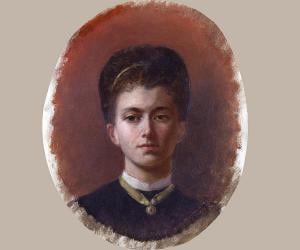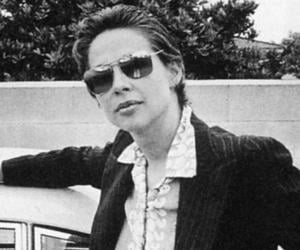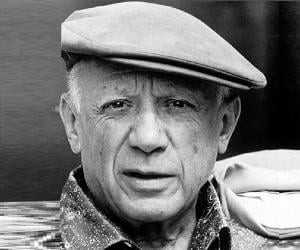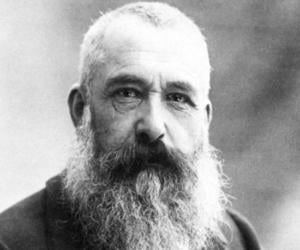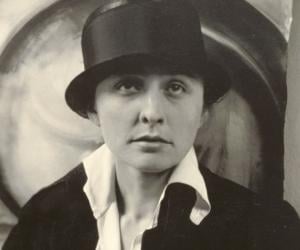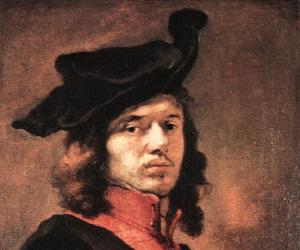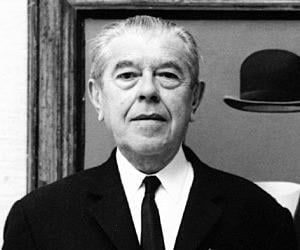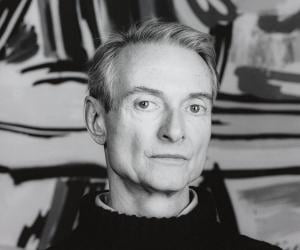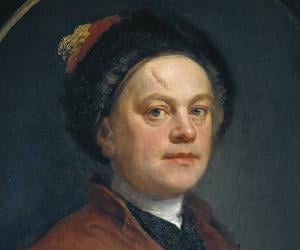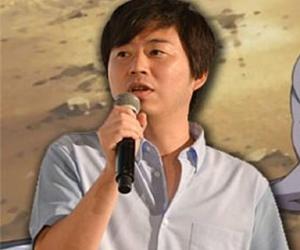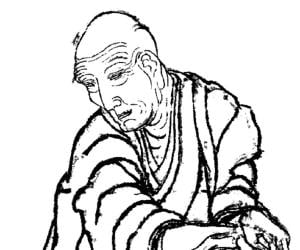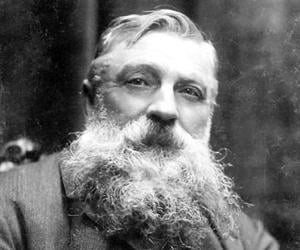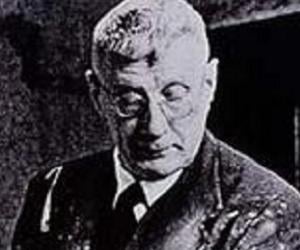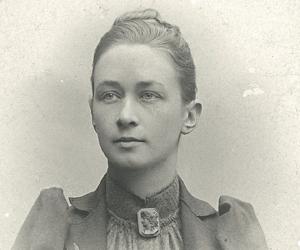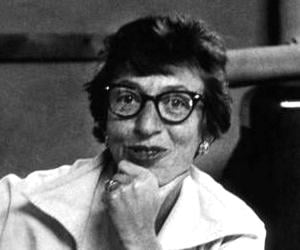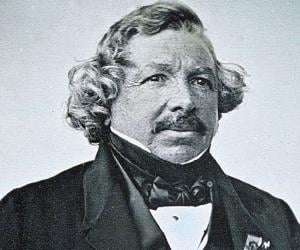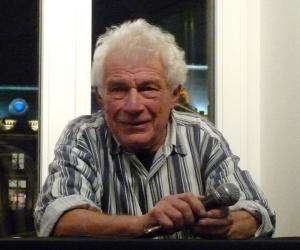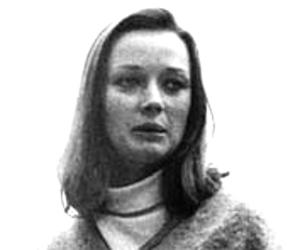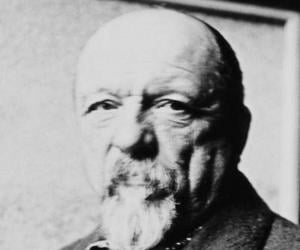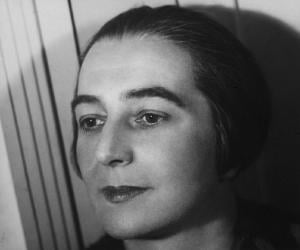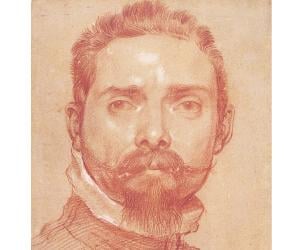Pablo Picasso was a renowned artist whose paintings sell by millions of dollars at auctions even today, many years after his death. With masterful strokes, attractive shades and rich textures, Picasso created some of the most visually impressive arts of the 20th century. While exploring new styles and experimenting with different techniques, Picasso co-founded Cubist art style and co-invented collage.
Claude Monet was a French painter. The founder of French Impressionist painting, Monet's painting Impression, soleil levant gave rise to the term Impressionism. Often dubbed the driving force behind Impressionism, Monet mastered the art of painting the same scene several times so as to capture the changing of the light. Since his death, his paintings have sold for record prices.
Johannes Vermeer was a Dutch painter renowned for his use of light in paintings. Although he did not achieve fame during his lifetime, Vermeer's works gained popularity in the 19th century. Today, Vermeer is often counted among the greatest painters of the Dutch Golden Age. Over the years, Vermeer's work has inspired artists like Wilhelm Hammershoi and Thomas Wilmer Dewing.
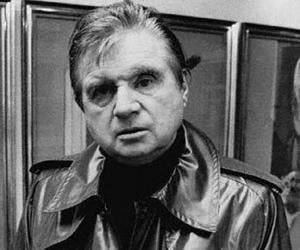
Francis Bacon was an English philosopher and statesman. He played a major role in the development of the scientific method and was an influential figure through the scientific revolution. He served as attorney general and as lord chancellor of England and was the first recipient of the queen's counsel designation. He has created Baron Verulam in 1618.
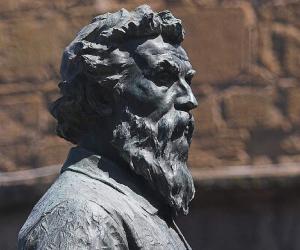
Benvenuto Cellini was a 16th-century Italian goldsmith, sculptor, draftsman, and artist. The multifaceted artist wrote poetry and a famous autobiography as well. An important figure in Mannerism, he is known for creating pieces, such as the Cellini Salt Cellar and Perseus with the Head of Medusa. He was a member of the prestigious Accademia delle Arti del Disegno of Florence.
Painter, art instructor, and television host, Bob Ross, gained international fame as the creator and host of the instructional TV show, The Joy of Painting. He served in the United States Air Force for several years before embarking on a career as a painter. He had a deep love for animals and cared for several injured squirrels, armadillos, and snakes.
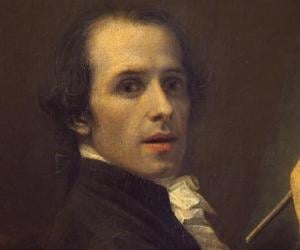
Antonio Canova was an Italian Neoclassical sculptor widely regarded as the greatest of the Neoclassical artists. He was famous for his marble sculptures. His work was inspired by the Baroque and the classical revival. His most notable works include Psyche Revived by Cupid's Kiss and Perseus Triumphant. Unlike many of his contemporaries, he refused to take in pupils.
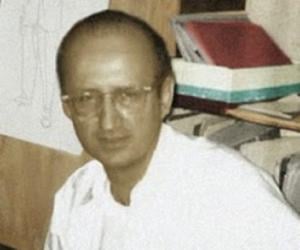
Steve Ditko was a writer and comics artist. He is credited with co-creating popular Marvel Comics superheroes like Doctor Strange and Spider-Man. Ditko is also credited with co-creating Captain Atom, a character that appears in DC Comics. Ditko received several awards including many Alley Awards. In 1994, he was inducted into the Will Eisner Award Hall of Fame.
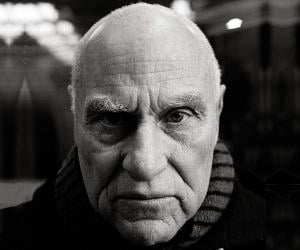
Richard Serra is an American artist renowned for his large-scale sculptures that are designed for site-specific landscape, architectural, and urban settings. Many of his works are displayed in several museums, including The Museum of Modern Art (MoMA) in New York and Musée National d’Art Moderne in Paris. Serra is the recipient of several prestigious awards like The National Arts Award.
Katsushika Hokusai was a Japanese printmaker, ukiyo-e painter, and artist of the Edo period. He is best known as the creator of the monumental Thirty-six Views of Mount Fuji, a series of landscape prints, which includes the iconic print, The Great Wave off Kanagawa. He is credited with transforming the ukiyo-e art form to include a much broader style of art.
Laurence Stephen Lowry was an English painter, known for his bleak urban industrial landscapes, peopled with human figures akin to “matchstick men”. He became interested in the subject while working at a Manchester real-estate and began depicting what he saw. Although critics are divided over his stature, they all agree on the relevance of his works as a social commentary.
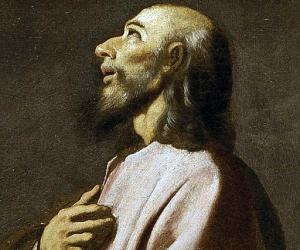
Francisco de Zurbarán was a Spanish painter known primarily for his religious paintings depicting monks, nuns, and martyrs. He was also famous for his still-lifes. His forceful use of the chiaroscuro style of painting gained him the nickname "Spanish Caravaggio." He was much respected during his lifetime and was appointed painter to King Philip IV.
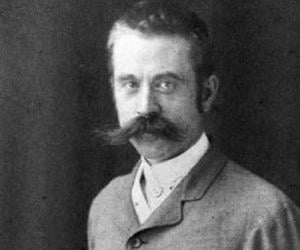
Stanford White was an American architect who designed several important monuments including the Washington Square Arch. He also helped construct Nikola Tesla's Wardenclyffe Tower, which happens to be his last design. Although White was an influential and prominent designer of his time, he is best remembered for his illicit relationship with Evelyn Nesbit which has inspired several works of art.
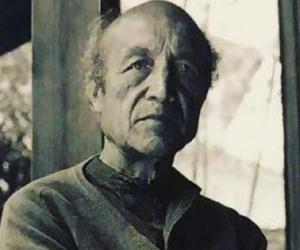
Isamu Noguchi was an American landscape architect and artist best remembered for designing the iconic Noguchi table. His sculptures are credited with bridging East and West and some of his works are considered landmarks of 20th-century art. In 1982, he won the Edward MacDowell Medal. In 1987, he received the National Medal of Arts for his contribution to the arts.
Hilma af Klint was a Swedish mystic and artist whose paintings represented complex spiritual ideas. English musician and singer-songwriter Jane Weaver cited af Klint's work as inspiration for her 2017 album, Modern Kosmology. In 2019, Hilma af Klint became the subject of a feature-length documentary titled Beyond the Visible — Hilma af Klint.
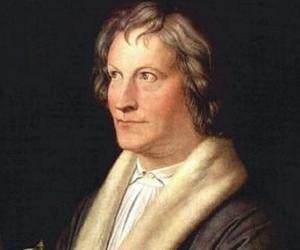
Bertel Thorvaldsen was a Danish sculptor and medallist. He was internationally famous and spent most of his life in Italy. He received his training at the Royal Danish Academy of Art and initially worked with his father, a woodcarver. He went on to become a famous sculptor and worked in a heroic neo-classicist style. He received many awards.

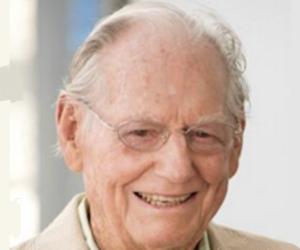
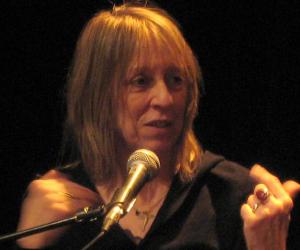
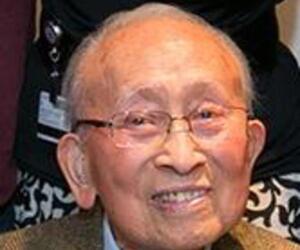

Niki de Saint Phalle was a French-American painter, sculptor, and filmmaker. She gained prominence as a monumental sculptor as not many women were renowned for their skills as monumental sculptors. Also remembered for her social work, Niki was one of the earliest artists to spread awareness about AIDS through art. She also wrote extensively in English and French.
Paul Signac had initially aspired to become an architect but later deviated to painting. A major figure of the post-Impressionist period, he, along with Georges Seurat, pioneered the technique called pointillism. A sailor and an avid traveler, he mirrored the beauty of the European coasts in his works.
A pioneer of abstract art and Orphism, French artist Sonia Delaunay was the first living female to have an exhibition at the Louvre Museum. Her art extended to stage sets, pottery, and fabrics. She and her husband, Robert Delaunay, collaborated on various public projects, including murals.
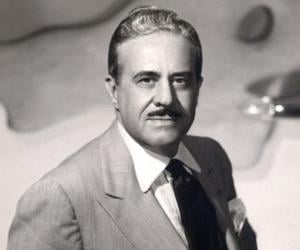


One of the two women founder members of London’s Royal Academy, Angelica Kauffman was born to a painter father in Switzerland and was quite a prodigy, who mastered several languages and the arts of music and painting quite quickly. The history painter is best remembered for her landscapes and portraits.
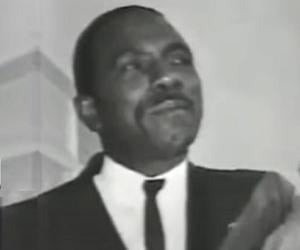
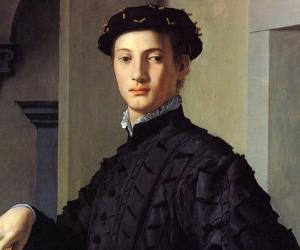
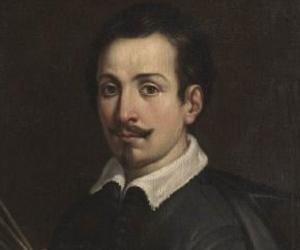
Italian Baroque painter Guido Reni was a major figure of the Bolognese School. His subjects were predominantly mythological and religious figures. Initially inspired by Annibale Carracci, he later deviated to lighter colors and free brushwork. His iconic works include the fresco Aurora and the composition Atalanta and Hippomenes.
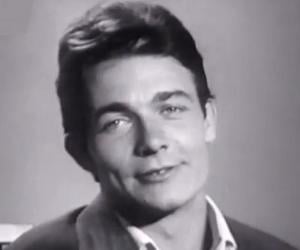
Jacques Charrier is a French actor, film producer, and artist. He achieved popularity in the late-1950s and early-1960s, thanks to his highly publicized marriage and subsequent divorce with popular film actress Brigitte Bardot. Jacques Charrier is also known for his art work, which has been exhibited in Paris, San Francisco, and Geneva.
Born to a tailor, Annibale Carracci set up a painters’ studio named Accademia degli Incamminati with his brother and cousin, thus establishing the famous Carracci family of painters. A significant figure of the Baroque movement, he is remembered for his iconic works such as Domine, Quo Vadis?
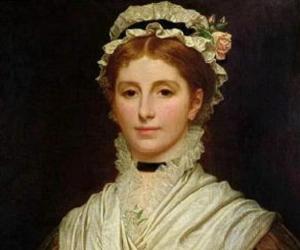
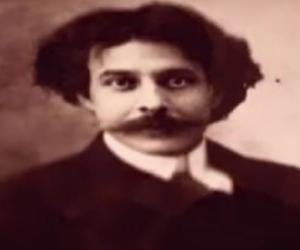
Known as one of the co-founders of Vorticism, a London-based art movement, author-painter Wyndham Lewis is best remembered for his books such as Tarr and The Apes of God. His paintings mingled features of Cubism and Futurism. In his later life, a pituitary tumor made him blind and practically ended his career.
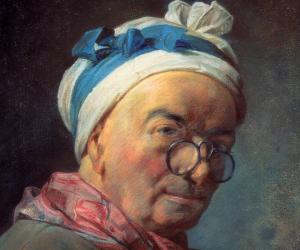
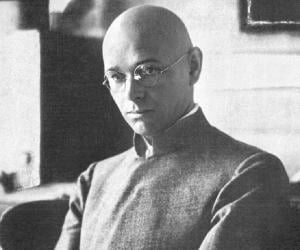
Swiss expressionist painter Johannes Itten developed his own color theories. Before joining the German art school Bauhaus, he had received elementary school teachers’ training. He often skipped correcting his students’ mistakes, fearing it might spoil their creative impulse. He followed the neo-Zoroastrian fire cult Mazdaznan and practiced meditation and vegetarianism.
